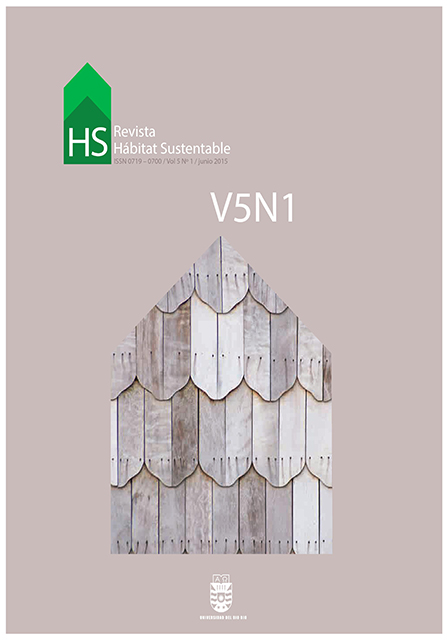Operations monitoring and energy efficiency strategies in the Obras Sanitarias Sociedad del Estado (State Sanitary Works Company) public building, San Juan, Argentina
Keywords:
Rational use of energy, electric devices, energy monitoringAbstract
In the last ten years, the increase in installed electricity capacity in consumption sectors has surpassed electricity generation capacity, thereby causing Argentina to become an energy-dependent country. One of the relief measures for the associated environmental, social and economic consequences involves reducing energy consumption in the buildings sector. People spend more than 30% of their time in work spaces, in climate-controlled indoor environments. The aim of this study is to find strategies to improve the energy efficiency of buildings without decreasing quality of life for users. To this end, a field study was carried out in the Obras Sanitarias Sociedad del Estado (OSSE) (State Sanitary Works Company) building, in the city of San Juan, Argentina, using an experimental approach that took into consideration functional and technological aspects of the building as well as its equipment. The results show high energy demand values for the heating and cooling system and the electric devices in offices. The implementation of minimum investment intervention strategies would enable a 42% reduction in energy consumption and the recovery of more than 70% of the total investment during the first year of operation.
Downloads
Downloads
Published
How to Cite
Issue
Section
License
The content of articles which are published in each edition of Habitat Sustentable, is the exclusive responsibility of the author(s) and does not necessarily represent the thinking or compromise the opinion of University of the Bio-Bio.
The author(s) conserve their copyright and guarantee to the journal, the right of first publication of their work. This will simultaneously be subject to the Creative Commons Recognition License CC BY-SA, which allows others to share-copy, transform or create new materials from this work for non-commercial purposes, as long as they recognize authorship and the first publication in this journal, and its new creations are under a license with the same terms.











 Scientific Information Program/Concurso Fondos de Publicación de Revistas Científicas 2018/ Proyecto Mejoramiento de Visibilidad de Revistas UBB (Código:FP180007).
Scientific Information Program/Concurso Fondos de Publicación de Revistas Científicas 2018/ Proyecto Mejoramiento de Visibilidad de Revistas UBB (Código:FP180007).





